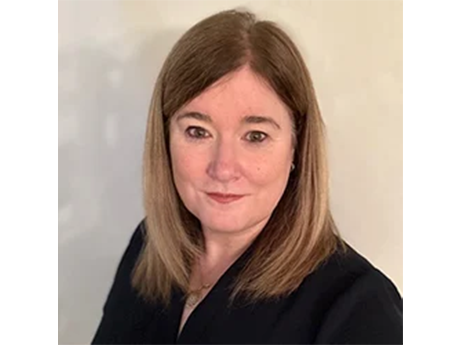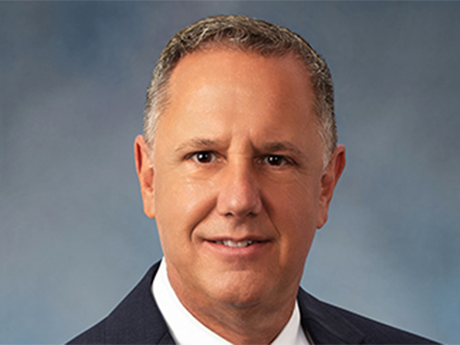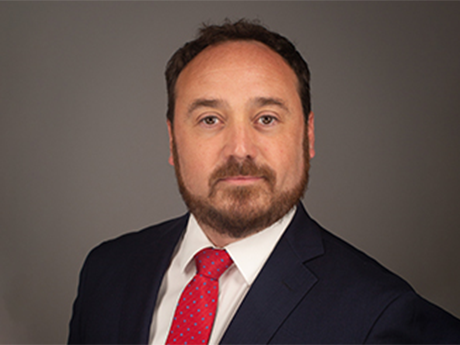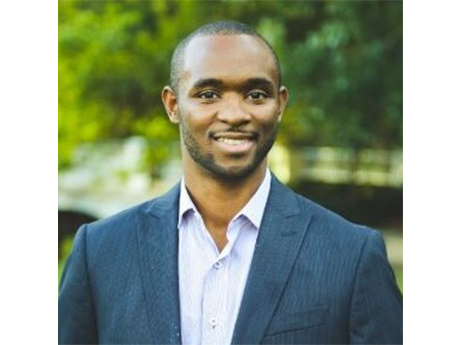By Eric Thorsen, chief investment officer, Atlas Real Estate The real estate investment landscape is evolving rapidly, and investors who wish to thrive must go beyond simply acquiring properties. Success requires a strategic approach, one that prioritizes efficiency, scalability and operational excellence. The key to sustainable growth in real estate investing lies in developing robust systems that optimize asset performance, streamline operations and enhance the tenant experience. At Atlas Real Estate, we have built a foundation that enables institutional and individual investors to scale their portfolios with precision and maximize …
Industry Voices
By Lisa Kendall, LIVunLtd Fitness centers in multifamily communities have evolved beyond providing residents with basic treadmills and weights. Today’s renters are increasingly expecting wellness-oriented spaces that combine functionality with sustainability and convenience, enhancing their lifestyles and living environments. A survey from property management software provider RentCafe found that roughly half (47 percent) of renters are interested in their apartment building having a gym. Furthermore, 28 percent of apartment residents also stated that not having a gym is a dealbreaker. As property developers, owners and managers aim to meet these demands, …
By Scott Ferguson, Westmount Capital The Dallas-Fort Worth (DFW) multifamily real estate market remains one of the most dynamic and resilient in the nation. Driven by strong job creation, population growth and a business-friendly environment, DFW continues to attract investors and developers alike. As demand for rental housing evolves, it is essential to assess current trends and anticipate future opportunities. At Westmount Realty Capital, we have been actively engaged in the DFW multifamily sector, leveraging our four decades of experience to identify high-potential assets and execute strategic value-add initiatives. Our …
By Nicolás Aznar, Vingcard The most powerful innovations are those that solve real problems for real people. Throughout my decades-long career in access control, I’ve seen firsthand how focusing on fundamentals creates more value than chasing every new trend. In multifamily and affordable housing especially, success doesn’t come from implementing the most advanced technology available. It comes from understanding what residents and property managers truly need, then delivering solutions that address those specific requirements with excellence. The most successful access control technologies excel at three fundamental elements. They prioritize safety. …
By Mark English, E&A Team Inc. Every short-term decision contributes to a long-term goal. In multifamily housing construction, the consequences of short-term decisions are particularly evident when an owner hires an architect, contractor or a superintendent who lacks a full understanding of accessibility compliance. It all comes down to two key questions: What regulations apply to the property, and what are the technical standards each regulation requires you to apply? The answers to these questions determine the applicable accessibility requirements for the property. In 2007, I was shocked to learn …
The Trump administration has reshaped global trade dynamics with sweeping tariffs targeting imports from Canada, Mexico and China. As the CEO of a firm that provides capital to experienced CRE professionals including dozens of multifamily housing developers, and who has also owned and/or managed over 4,700 affordable housing units, I see these policies as a watershed moment for the U.S. housing market. The confluence of 25 percent tariffs on steel and aluminum imports, effective March 12, the potential for 25 percent duties on Canadian and Mexican goods and 10 percent …
Any number of issues can keep multifamily developers and owners awake at night. I’ve identified the following four top problem areas for developers when it comes to billing and compliance based on my experience working on new construction projects. The following tips can help minimize unnecessary delays, reduce staff frustration, avoid fines and lower costs all while allowing for a smooth transition into operations. 1. Deposits Setting up deposits for multifamily developments is a challenge that requires careful attention to details such as regulatory compliance, financial management and tenant relations. …
Increasing the supply of affordable housing is critical to addressing the severe housing crisis the United States faces. However, many investors think the returns on affordable housing are not sufficient to merit the time and expense of development. New multifamily residential projects of all types are more expensive than ever, thanks to recent inflation and high interest rates, and in the affordable segment, balancing cost with quality livable design has never been more complex. With rent and income restrictions, affordable projects require a mindset beyond counting pennies to make the …
The past few years have brought significant shifts in affordability in the United States. Whether it’s evident in rising grocery bills or adjustments to what qualifies as a necessity, these changes have rippled through the housing sector. According to data from the U.S. Census Bureau, by 2024, the cost-of-living ratio to overall expenses surpassed 31 percent — the highest since 2014. Historically, a housing burden ratio below 30 percent indicates a stable market. However, the increasing costs of housing — including rent, mortgages, taxes, utilities and insurance — are straining …
Low Cost of Living, New Affordable Housing Legislation Lure Renters and Developers to Hollywood, Florida
The city of Hollywood, Florida, is transforming. Once best known for its pristine beaches and as the winter home to many French Canadians, the area is becoming a magnet for new arrivals from the Northeast, Texas and California seeking a better place to live and do business. Hollywood’s mayor and city commissioners are showing their support for multifamily development, which will result in half a dozen projects being completed in 2025. Why are people choosing Hollywood and not Fort Lauderdale or well-known Miami neighborhoods like Brickell and Wynwood? Because the …











